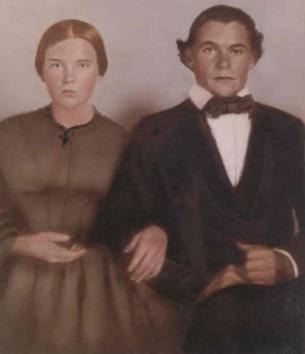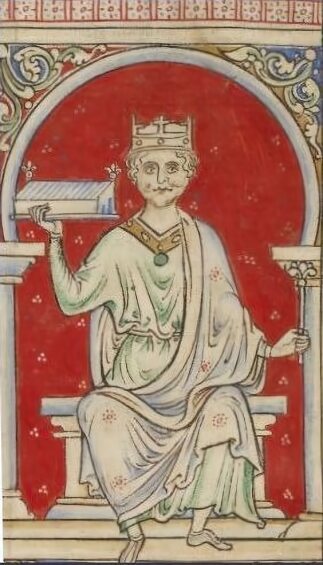
Many modern historians accept that William’s death was probably an accident owing to the fact that hunting was a risky activity, and accidents were common.īut others have suggested that one or more of William’s enemies may have had a hand in his death. The Anglo-Saxon Chronicle says he was “hated by almost all his people and abhorrent to God”, largely because of his difficult relationship with the Church and the heavy taxes he imposed on the people. There’s no way it would’ve retained enough force to pierce someone in the chest.ĭespite the unclear circumstances, many contemporary chroniclers thought this ‘Act of God’ was a just end for a wicked king. If the arrow glanced off a tree, its force would’ve been expended, causing it to drop harmlessly to the ground. In addition, there’s a fairly glaring problem with the ‘ricocheting off a tree’ account. While accounts suggest that the hunt took place near Brockenhurst, nobody knows exactly where in the Forest he died because of the lack of eyewitness accounts. Today it’s widely accepted that the Rufus Stone doesn’t actually mark the spot where William was killed. King William the Second, surnamed Rufus, being slain, as before related, was laid in a cart, belonging to one Purkis and drawn from hence, to Winchester, and buried in the Cathedral Church, of that city. Here stood the oak tree, on which an arrow shot by Sir Walter Tyrrell at a stag, glanced and struck King William the Second, surnamed Rufus, on the breast, of which he instantly died, on the second day of August, anno 1100. This memorial is known as the Rufus Stone and records the incident with the following inscription: In the 18 th century the tree was cut down and a memorial to William’s death was erected later.

At the time the most popular account of William’s death had Tyrrell’s fatal arrow ricocheting off a tree, and Charles II was taken to said tree. In the 17 th century, King Charles II visited the New Forest and was taken to the alleged spot where William II had died. The king’s body was discovered by a poor charcoal-burner called Purkis, who placed the body in his cart and conveyed it to Winchester Cathedral. Tyrrell fled the scene and hightailed it to France. Apparently, Tyrrell went to shoot a stag but missed, his arrow plunging into the king’s chest. William forbade them from leaving his side but, as the hunt began, William and Tyrrell ended up separated from the rest.

So was William’s younger brother, Henry, along with several other lords. The next morning, William and his hunting party headed out into the New Forest. He says that the king dreamed he was going to Hell the night before the hunt and that the Devil had said to him, “I can’t wait for tomorrow because we can finally meet in person!” The most extensive contemporary account comes from William of Malmesbury, writing in circa 1128-so still almost 30 years after the event. Later chroniclers gave the name of William’s killer as nobleman Walter Tyrrell, sometimes spelled Tyrell or Tirel. The earliest mention of the event is in the Anglo-Saxon Chronicle, which records that William II was “shot by an arrow by one of his own men”. Contemporary chroniclers have tried to piece together the events, but all of them had agendas and none were eyewitnesses. Our view of the hunting expedition on 2 nd August 1100 is murky at best. It stuck with me because of the mystery and conspiracy theory that continues to surround the incident to this day. The mysterious death of King William II-nicknamed William Rufus or the Red King because of his ruddy complexion-is one of the first things I remember learning about in History when I got to secondary school.


It was deemed an accident, and yet something about that day continues to raise eyebrows. On 2 nd August 1100, while hunting in the New Forest, William II met his maker at the end of an arrow.


 0 kommentar(er)
0 kommentar(er)
